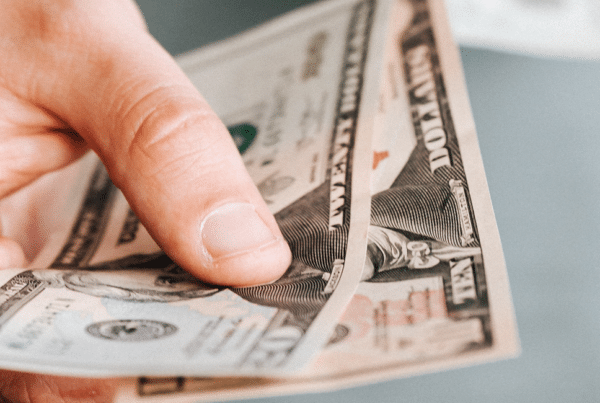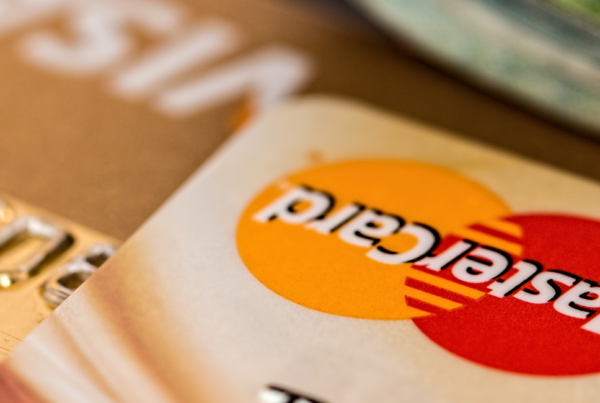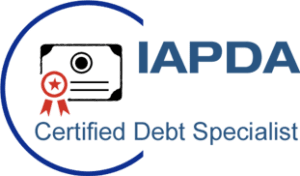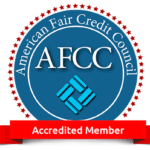
Debt, it’s time we broke up
So you want to eliminate your debt? First of all, great choice. High interest debt can drag down your finances, credit score, and overall financial health. But deciding how to pay off your debt is the first decision. The good news is you have options.
There are many different situations when it comes to debt. Each of these can benefit from a unique approach. Your debt relief options have qualification requirements, too. Meeting these requirements can help narrow down what’s best for you to eliminate your debt. While you may not qualify for bankruptcy, you still may for settlement or consolidation.
We’ll review six debt relief options in this article; looking at not only how they work, but who they benefit. As always, regardless of the method, it’s always important to research the company. If the company pressures you for a quick sign up, without the chance to educate yourself, you should explore other options.
Pay on your own
Paying on your own is exactly what it sounds like. Most debt settlement companies won’t tell you that you can settle your own debts. It’s unlikely you’ll be able to achieve the same settlements a professional negotiator would, but it is an option.
The first step to paying on your own is assessing your situation. Make a list of all of your debts, monthly payments, and interest rates if you know them. Focus on your highest interest debts first. These debts “cost” you the most in the long run, and eliminating them first will give you some breathing room.
Each month, try to make an additional payment towards the principle of this debt. Just be sure to maintain your other debts, even if only making the minimum payment. Soon you’ll be focusing on those once the high interest debt is gone.
Continue paying down your debts using this method until your balance is $0. It’s that simple! Of course, it’s not that simple. But this is the basic structure of repaying your debt on your own. It’s a very lengthy process, upwards of 10+ years depending on your debt load, income, and interest.
There are other methods to eliminate your debt on your own. We’ve talked about them before. While we endorse the above strategy, each individual should choose the strategy that works best for them. Of course, once you’ve paid down your debt on your own, it’s imperative you make a budget to stay on track.
Consumer Credit Counseling
Credit counseling is kind of like having a finance coach. They will review your budget and determine a comfortable monthly payment for all of your unsecured debt. They will work with your creditors to get a lower payment, and sometimes a lower interest rate.
Credit counseling can be good for someone in minor debt trouble, who doesn’t mind a long-term plan. Typically, credit counseling programs take three to five years to complete. And, you cannot use your credit cards during this time. This form of debt relief takes the longest, can be expensive, and can also be done on your own. However, this method is also the least damaging to your credit score.
Debt Consolidation
Debt consolidation is the process of combining all of your debt into a single loan, and single monthly payment. This loan carries interest, but generally not as high as your average credit card. A consolidation company will take all your debt; credit cards, unsecured loans, repossessions, medical debt, etc. and combine these debts into a single debt, with a manageable monthly payment.
It’s important to understand that debt consolidation does not reduce the amount you owe. All of your debts remain the same, they are just consolidated into a single lump sum. This lump sum has an interest rate, just like your original debt did. But, it’s a single interest rate, and usually lower than the average credit card rate of 18%.
Debt consolidation can be a good choice for people with steady incomes. This is because you will ultimately be paying back the full amount of your debt. If you have the income, and patience, debt consolidation can certainly expedite your debt recovery. Just be aware, you are still paying interest, which can compound quickly if you get behind on your payments.
Debt Settlement
When successful, debt settlement can reduce your balances by 40-50%, and can have you out of debt in less than 2 years. This method is without a doubt the quickest path to eliminate your debt for good. But it’s not without its hurdles. Consumers will likely experience a temporary drop in their credit score while in a program. But organic recovery starts soon after.
The process of debt settlement involves hiring a certified debt relief agency. Their negotiators will work with your creditors to negotiate a lower balance on all of your accounts. You make a low, single monthly payment into a savings account. The amount is based on your income, and is usually significantly less than what you are currently paying.
A typical debt settlement program takes 24 to 48 months to complete. This method is what our company offers, and we have some of the best negotiators in the business. We’re constantly shocked at how much these guys and girls are saving our awesome clients.
Chapter 7 Bankruptcy
Chapter 7 bankruptcy is a way to receive total relief for all or some of your unsecured debts. Qualifying requires you pass a means test. This test essentially determines your ability to repay your debt on your own.
Depending on your state’s law, you may have to give up your assets to pay off some of your debt. This includes your home or car if you have equity. There are extenuating circumstances when it comes to this. For instance, you may be able to keep your existing car loan in what’s called a reaffirmation agreement. A reaffirmation agreement means that you contract with the lender to take the car loan out of the bankruptcy altogether. It won’t be subject to the bankruptcy discharge. In exchange for keeping the car, you have to continue making the payments.
Most of your unsecured debt can be wiped out or discharged in bankruptcy. However, child support, tax debts, and student loans cannot be. If your debt is primarily made up of these three types, Chapter 7 will not be an option for you.
Chapter 13 Bankruptcy
Chapter 13 bankruptcy is a bit different. With this method you’re given 3 to 5 months to repay your debt yourself. Generally, at a reduced interest rate. Any debt that’s left after your Chapter 13 bankruptcy is complete will be discharged. Consumers choose this type of bankruptcy when they have a good deal of assets that they don’t want to lose.
You must also go through credit counseling to file Chapter 13 bankruptcy. In Chapter 13, you have to pay child support and alimony, certain tax debts, any wages owed to employees, your regular house and car payments, and any back payments you have on your house and car.
Make the smart choice when deciding how to eliminate your debt.
These 6 debt relief methods are not new, but you’d be surprised how few people know the pros and cons of each. Here at CFF, we are a debt settlement company.
But, our focus is on the consumer. We never enroll someone we can’t help. In fact, we often refer people to a different method if we feel our settlement program isn’t in their best interest.
Whatever method you decide, do your research. Make sure you fully research the company, their reviews, accreditations, licensing, etc. If this information isn’t readily available and given, it’s a good sign the company is not legitimate.
As always, our licensed debt consultants are standing by to review your personal situation. Give us a call anytime to hear about your debt relief options.
Your partner in debt relief,
Consumer First Financial





